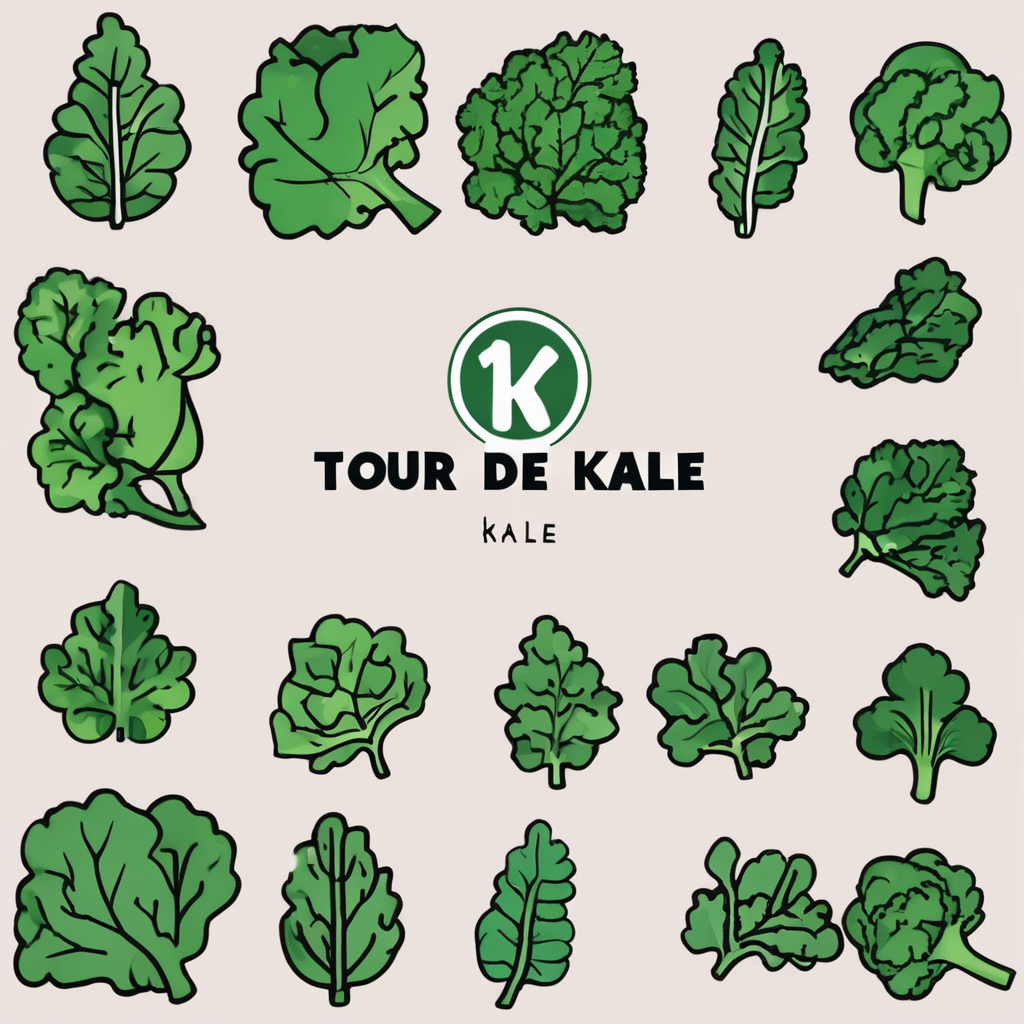Essential Strategies for Streamlining Kitchen Workflow
Improving kitchen workflow optimization begins with designing a layout that maximizes efficiency, particularly in UK restaurant kitchens where space may be limited. Arranging key stations—such as prep, cooking, and plating—in a logical sequence minimizes unnecessary movement and accelerates service. This setup directly impacts speed and accuracy, crucial for high-volume environments.
Standardizing prep processes is another vital strategy. By clearly defining steps and timing for ingredient preparation, teams reduce errors and avoid last-minute rushes. This consistency ensures every dish meets quality expectations while maintaining fast turnaround times.
Additional reading : Creating unforgettable atmospheres: how uk bars and restaurants delight their guests
Furthermore, establishing well-defined workstations tailored to specific tasks prevents bottlenecks. When each area has a clear function with designated staff, overlaps and confusion decline. This not only smooths operations but fosters accountability and teamwork, supporting smoother kitchen organization overall.
By focusing on these aspects—layout, prep standardization, and workstation clarity—kitchen workflow optimization can significantly elevate productivity in UK restaurant kitchens. These strategies create a framework that supports both staff performance and guest satisfaction.
Also read : Discover how uk kitchen ambiance transforms your dining & bar experience
Effective Staff Training and Communication Techniques
Enhancing teamwork through targeted strategies
Successful staff training in restaurants hinges on ongoing development tailored specifically to UK operations. This means focusing on compliance with local regulations and understanding the unique pace and standards expected in UK kitchens. Training programs must prioritize practical skills and real-life scenarios to prepare staff effectively.
Clear kitchen communication is vital. Staff members should be encouraged to speak up respectfully and listen actively. Establishing standardized phrases and signals can prevent misunderstandings during busy service hours. This approach reduces errors and creates a smoother workflow.
Promoting teamwork in restaurants thrives with daily briefings that set clear expectations for each shift. These briefings provide an opportunity to share updates, address challenges, and foster a cooperative spirit. In addition, implementing feedback loops allows managers and team members to give and receive constructive feedback regularly, which helps maintain morale and continuous improvement.
By integrating these techniques, restaurants can build strong teams capable of handling the fast-paced environment while maintaining high-quality service and a supportive workplace culture.
Smart Inventory and Waste Management Practices
Efficient inventory management is essential for controlling costs and reducing waste in any kitchen operation. Adopting real-time inventory tracking tools designed to comply with UK regulations allows operators to monitor stock levels accurately. This ensures timely purchasing decisions, preventing overstocking or shortages. Setting par levels for commonly used ingredients also plays a critical role. These predetermined minimum quantities help maintain a steady supply while avoiding unnecessary excess.
Additionally, integrating portion control methods reduces waste by standardizing serving sizes, directly impacting food costs. Creative waste repurposing—such as transforming vegetable trimmings into stocks or repurposing bread ends into croutons—further minimizes disposal volume and leverages resources efficiently. Such practices align with both sustainability goals and cost control imperatives.
In summary, blending technology-driven monitoring with consistent portioning and innovative reuse fosters a sustainable and cost-effective inventory system. Embracing these strategies provides kitchen managers with tangible benefits: lower waste, better resource management, and improved financial performance. These are fundamental steps toward achieving optimized control over both inventory and operational costs in professional cooking environments.
Choosing and Maintaining Efficient Kitchen Equipment
Efficient kitchen equipment plays a crucial role in optimizing operations and minimizing energy consumption. Investing in energy-efficient commercial appliances not only lowers utility bills but also enhances sustainability efforts. For instance, selecting refrigerators and ovens with high Energy Star ratings ensures lower power usage without sacrificing performance.
Regular maintenance of commercial appliances preserves their efficiency and lifespan. Cleaning filters, checking seals, and timely repairs prevent breakdowns that disrupt kitchen flow and increase operational costs. Scheduled inspections help spot wear early, saving money and avoiding downtime.
Choosing multi-functional kitchen equipment is another smart approach. Tools that combine several functions—like an oven with built-in steam or a food processor with multiple attachments—reduce the need for multiple devices. This strategic selection saves valuable kitchen space and streamlines workflows, enhancing overall productivity.
By prioritizing energy efficiency, conducting consistent maintenance, and selecting versatile equipment, kitchens can maintain smooth operation and cost efficiency. This balance benefits both the environment and business profitability.
Time-Saving Techniques for Daily Operations
Efficiency in daily kitchen operations relies heavily on smart time management and targeted productivity hacks. One effective approach is prepping ingredients in bulk for frequently ordered dishes. This ensures that chefs spend less time on repetitive tasks during peak hours, allowing smoother service flow.
Another key strategy is adopting batch cooking combined with mise en place—the practice of organizing and arranging ingredients beforehand. Together, they minimize cooking time and reduce errors, ultimately speeding up orders from prep to plate.
Modern kitchens also benefit from integrating digital tools for order management and task tracking. Software solutions can prioritize orders, monitor progress, and coordinate teams efficiently. This tech-driven coordination significantly cuts down delays and miscommunications commonly seen in busy environments.
Implementing these laws of time management creates a streamlined workflow, maximizing output while maintaining quality. Routine adjustments to kitchen procedures, supported by practical productivity hacks, help staff adapt quickly to fluctuating demands without added stress. Embracing these techniques is a viable way to enhance kitchen performance and customer satisfaction alike.
Complying with UK Regulations While Enhancing Efficiency
Balancing food safety regulations UK with operational efficiency is essential for any restaurant. Ensuring compliance does not have to hinder workflow. Instead, integrating food safety protocols effectively can streamline processes. For instance, embedding sanitation checkpoints into routine tasks helps maintain hygiene without extra downtime.
Technology plays a vital role in achieving seamless compliance documentation. Digital tools automate record-keeping, making it easier to track temperature logs, cleaning schedules, and allergen information precisely and in real time. This not only reduces manual errors but also ensures timely submission of legally required documentation.
Continuous staff training on evolving UK food laws and standards is another critical practice. Regular updates help employees stay informed about new or revised regulations, ensuring daily operations align with compliance needs. This proactive approach mitigates risks and fosters a culture of food safety awareness.
Restaurants adopting these best practices find that compliance becomes a natural part of their routine, enhancing both safety and efficiency without sacrificing quality or speed.
Insights from UK Restaurant Case Studies and Experts
Small changes can yield significant outcomes, as shown by various UK restaurant case studies. One standout example involved revamping kitchen workflow by reorganizing stations for smoother operations, cutting prep time by 20%. Another case focused on equipment upgrading, which improved energy efficiency and reduced maintenance costs.
Industry insights emphasize the importance of streamlined processes tailored to each kitchen’s unique demands. Top experts suggest implementing a clear, regularly updated checklist to prevent oversight of essential tasks such as equipment calibration and stock rotation.
Leading UK chefs and managers recommend simple yet effective quick-win tips like standardizing ingredient placement and reinforcing staff communication. These actionable steps reduce errors and boost overall kitchen morale.
By learning from these UK restaurant case studies and embracing expert advice, operators can enhance efficiency without disruptive overhauls. Clear frameworks and minor adjustments often translate into sustained productivity gains and cost savings, essential in the competitive hospitality market.

